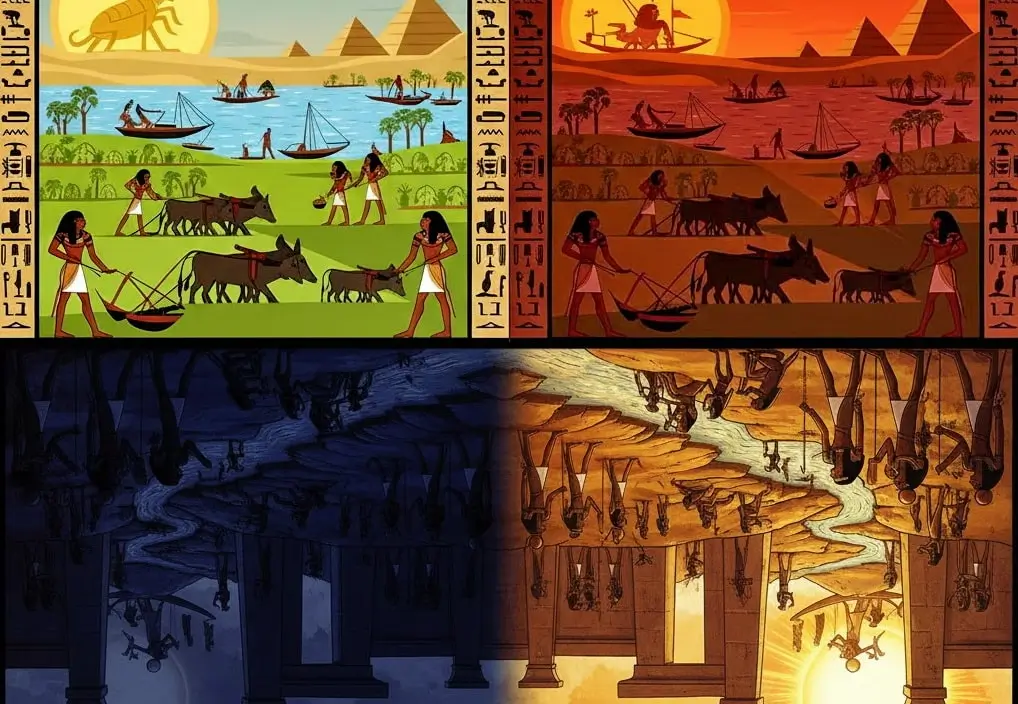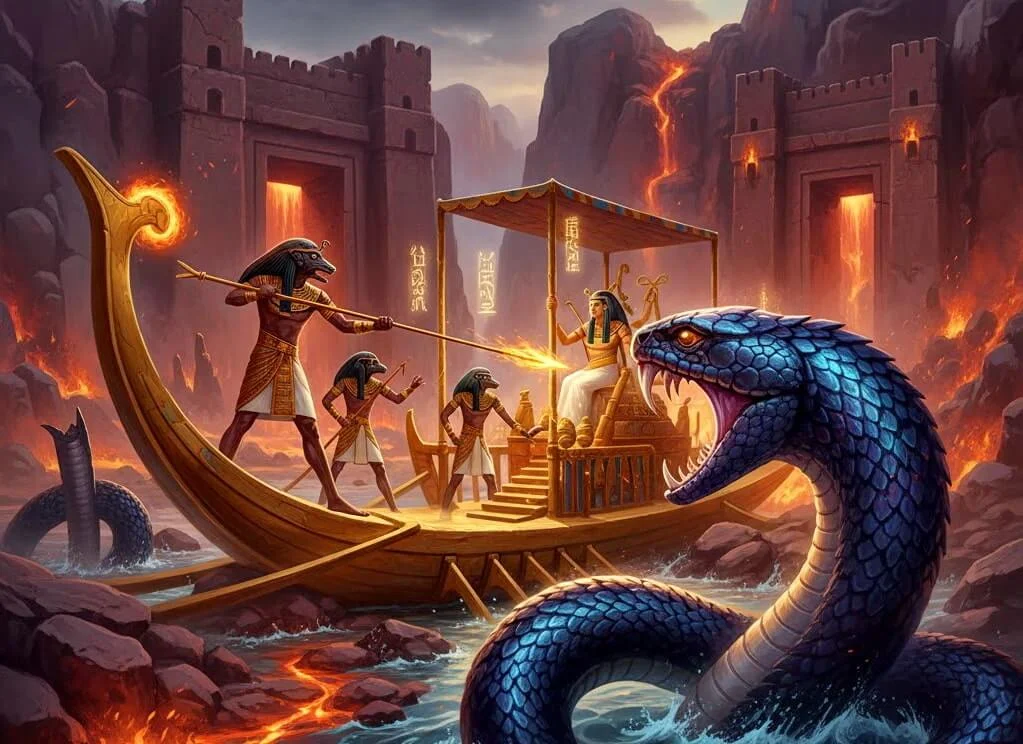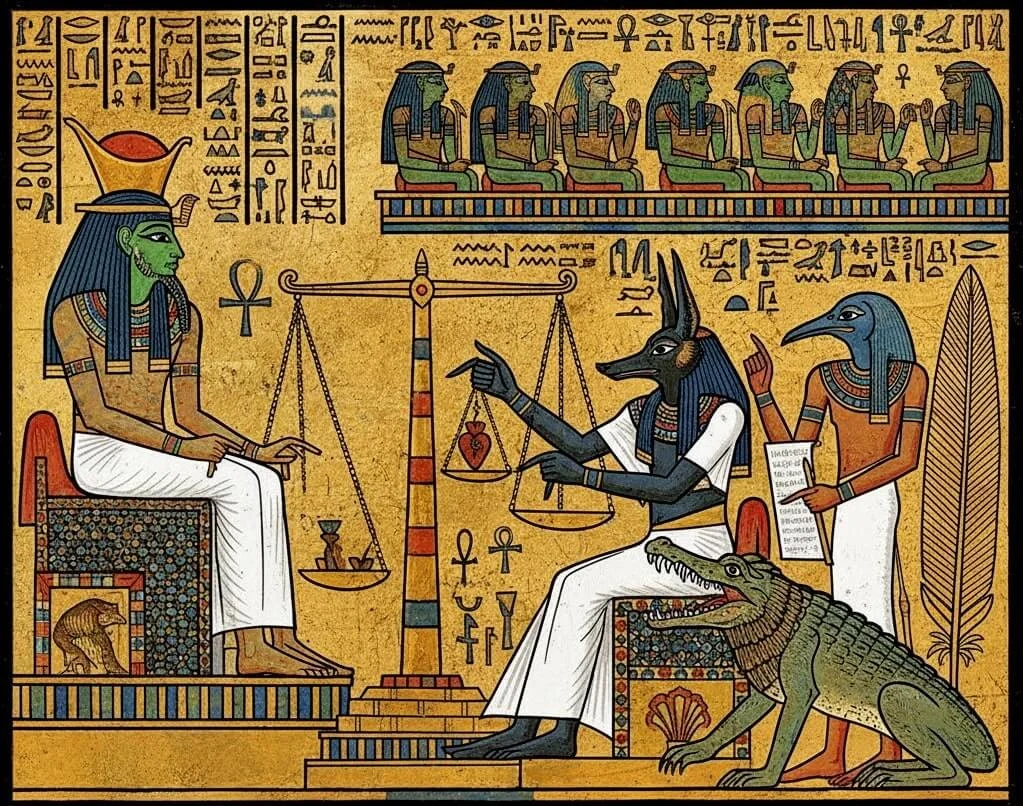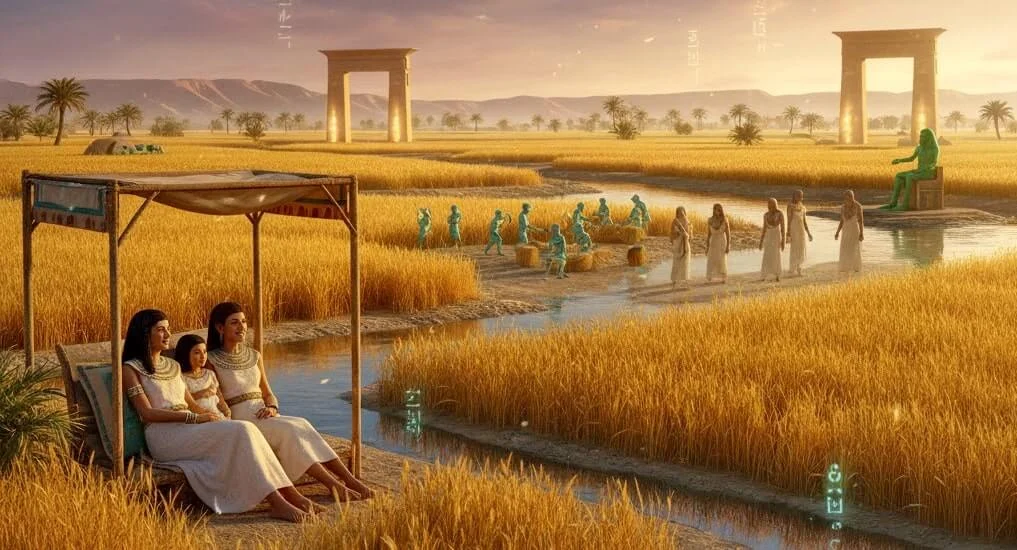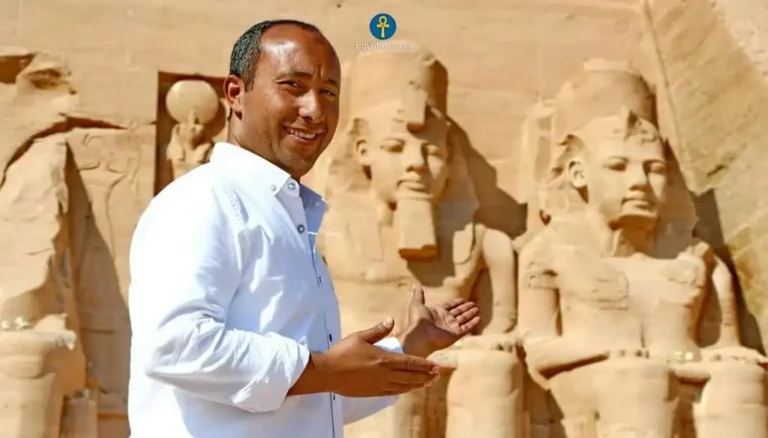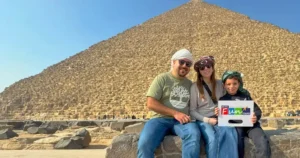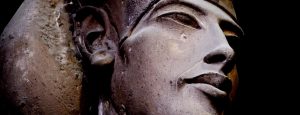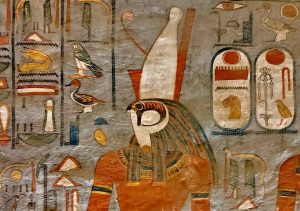Ancient Egyptian Underworld Geography
The mysteries of Ancient Egypt extend far beyond the pyramids and temples we see today. They reach into the very fabric of the cosmos. For the Egyptians, death was not an end, but a complex and perilous journey. This journey took place in Duat, the Ancient Egyptian Underworld. This detailed guide maps the geography, deities, and divine challenges of Duat. Understanding this realm is key to understanding the civilization itself.


